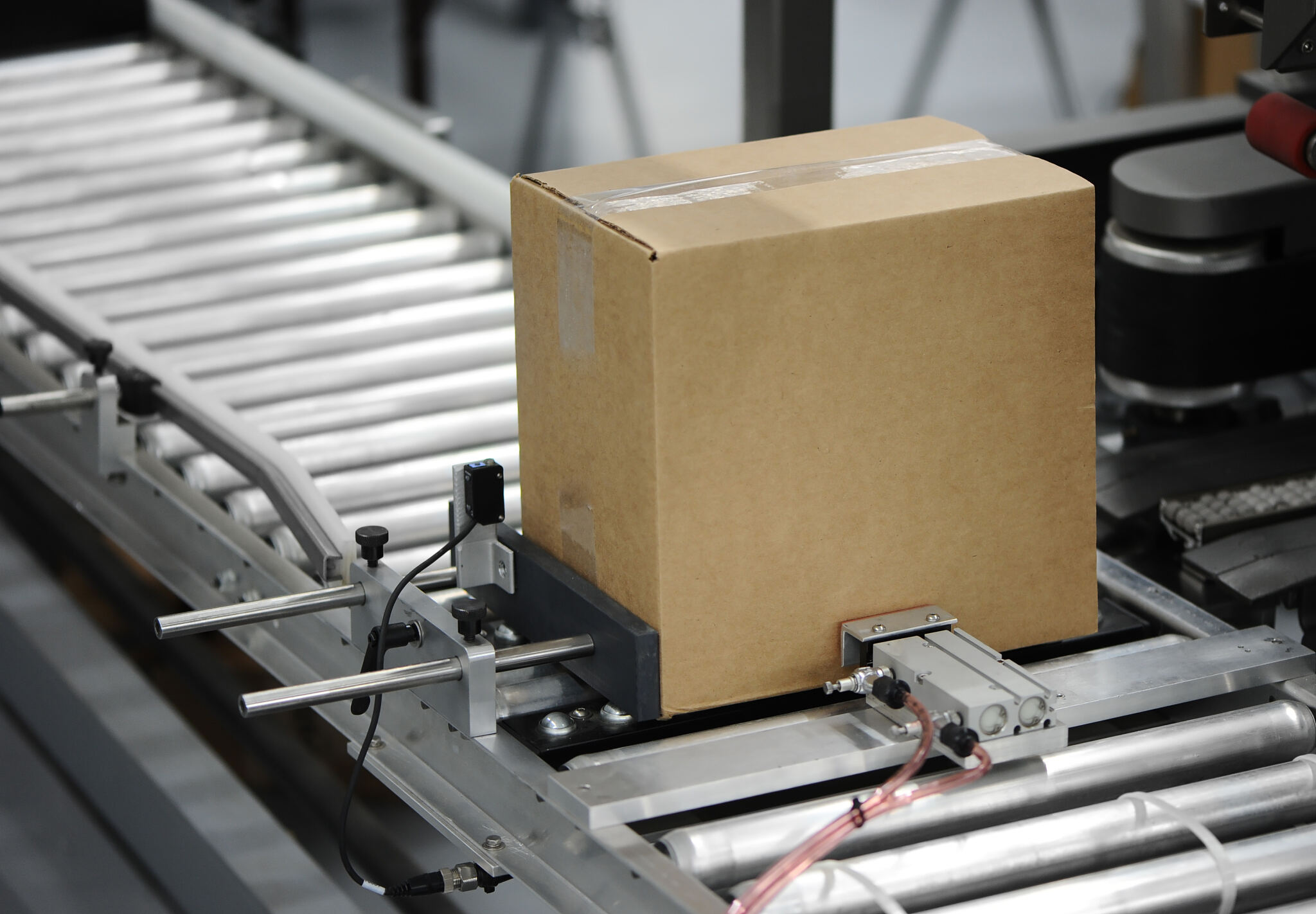Vacuum pneumatic suction cup: the intelligent handling engine that reshapes global logistics efficiency
European and American logistics centers are facing soaring labor costs (accounting for 35% of operating costs), while Southeast Asia is limited by weak infrastructure (loading and unloading efficiency is only 60% of developed countries). Vacuum pneumatic suction cups become the key to solving the problem through adaptive adsorption + zero-damage. The global logistics robot market will reach $38 billion in 2025 (Logistics IQ forecast), of which the penetration rate of vacuum technology exceeds 40%.
Core scenario applications and technology adaptation
Smart warehousing: high-density cargo storage and retrieval.
European and American pain points:
E-commerce warehousing SKUs are complex (such as IKEA warehouses with more than 200,000 categories), and the failure rate of traditional robotic arms is >15%.
Solution:
Multi-stage suction cup matrix: Synchronously adsorb containers of different sizes (0.5m²~3m²), positioning accuracy ±1mm.
Energy recovery system: Use exhaust kinetic energy to compensate for vacuum pump power consumption (German company DEMATIC measured energy saving of 27%).
Adaptation to Southeast Asia:
For high temperature and high humidity environments (such as Thailand warehouse humidity>80%):
▶ Use chloroprene rubber (CR) suction cups to prevent aging.
▶ Integrated humidity sensor to dynamically adjust adsorption force (to prevent wet boxes from slipping).
2. Port loading and unloading: Challenges of irregular cargo
Technical breakthrough:
Flexible TPE suction cup: Adaptive fit to curved surfaces such as oil drums and tires (curvature radius R>50mm can be absorbed).
Impact-resistant design: Singapore PSA Port uses suction cups to transport 1.5-ton containers, with a wind speed of 15m/s (typhoon conditions).
Cost optimization (focus on Southeast Asia):
▶ Modular suction cup set: A single system is compatible with 20-foot/40-foot containers (investment reduced by 40%).
▶ Low vacuum mode: light load only needs -0.3Bar (power consumption reduced by 50%).
3. Cross-border sorting: multi-standard cargo handling.
European and American compliance requirements:
Anti-static suction cup: handling electronic components meets ESD S20.20 standard (surface resistance 10⁵Ω).
Food-grade silicone: handling cross-border fresh food complies with FDA/EU 1935 regulations.
Southeast Asia efficiency upgrade:
▶ Visual AI + suction cup linkage: Vietnam DHL center sorting speed reaches 4,000 pieces/hour (error rate <0.01%).
▶ Simple maintenance design: suction cup quick-release structure (replacement in 5 minutes), adapting to the current situation of a shortage of skilled workers.
Case comparison:
Port of Hamburg, Germany: The suction cup system integrates blockchain cargo traceability, and loading and unloading efficiency is increased by 200%.
Port of Jakarta, Indonesia: The low-cost suction cup robot's payback period is only 8 months (labor replacement rate 70%).
Vacuum pneumatic suction cups are being upgraded from a single tool to a core node of logistics digital twin:

